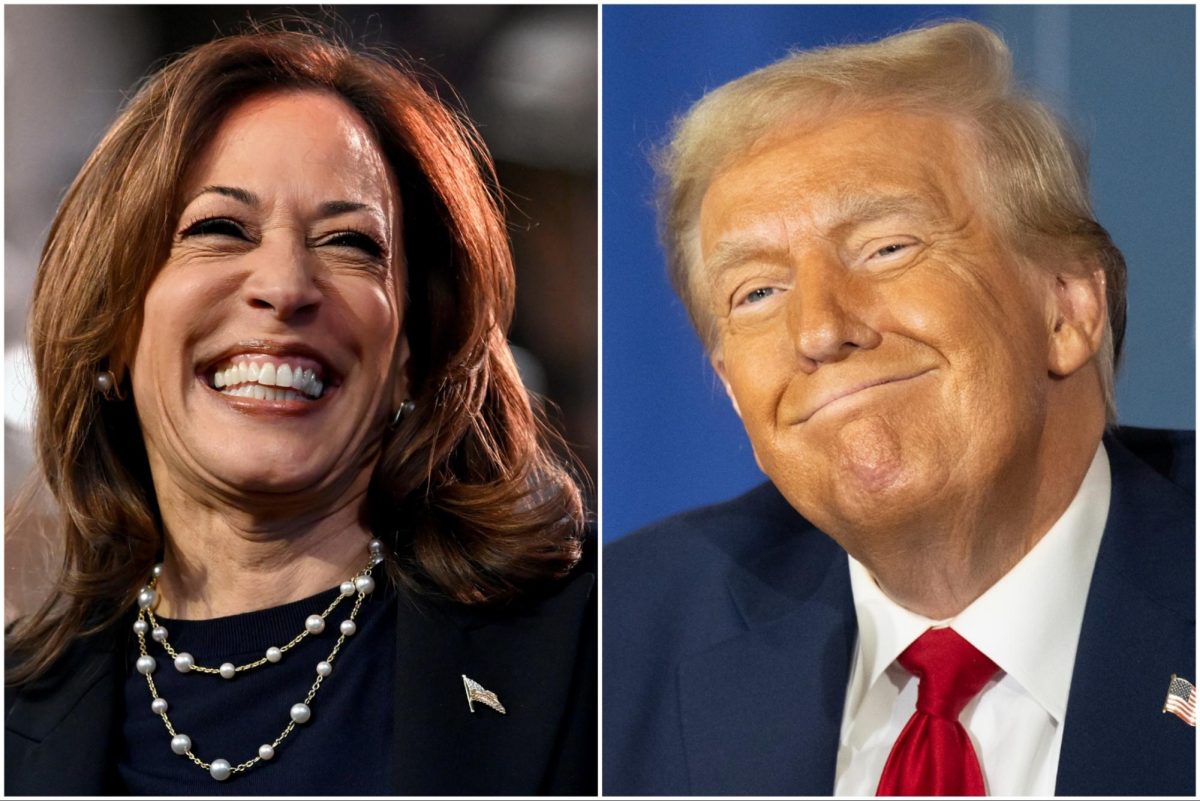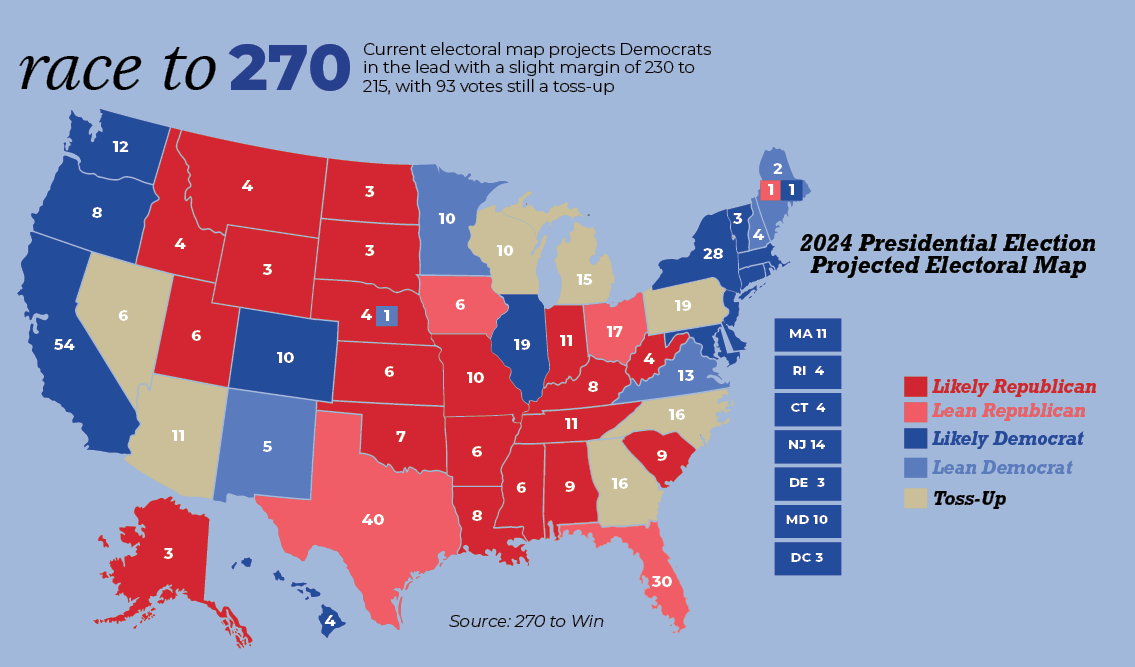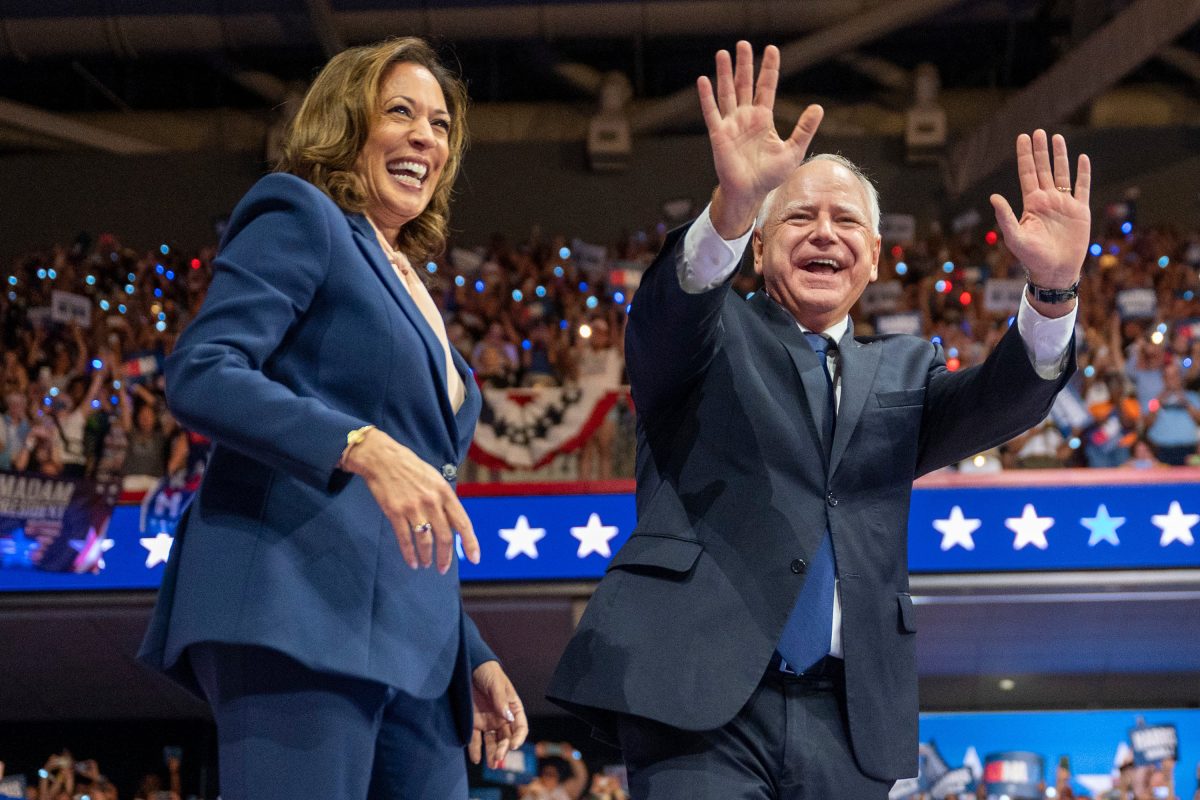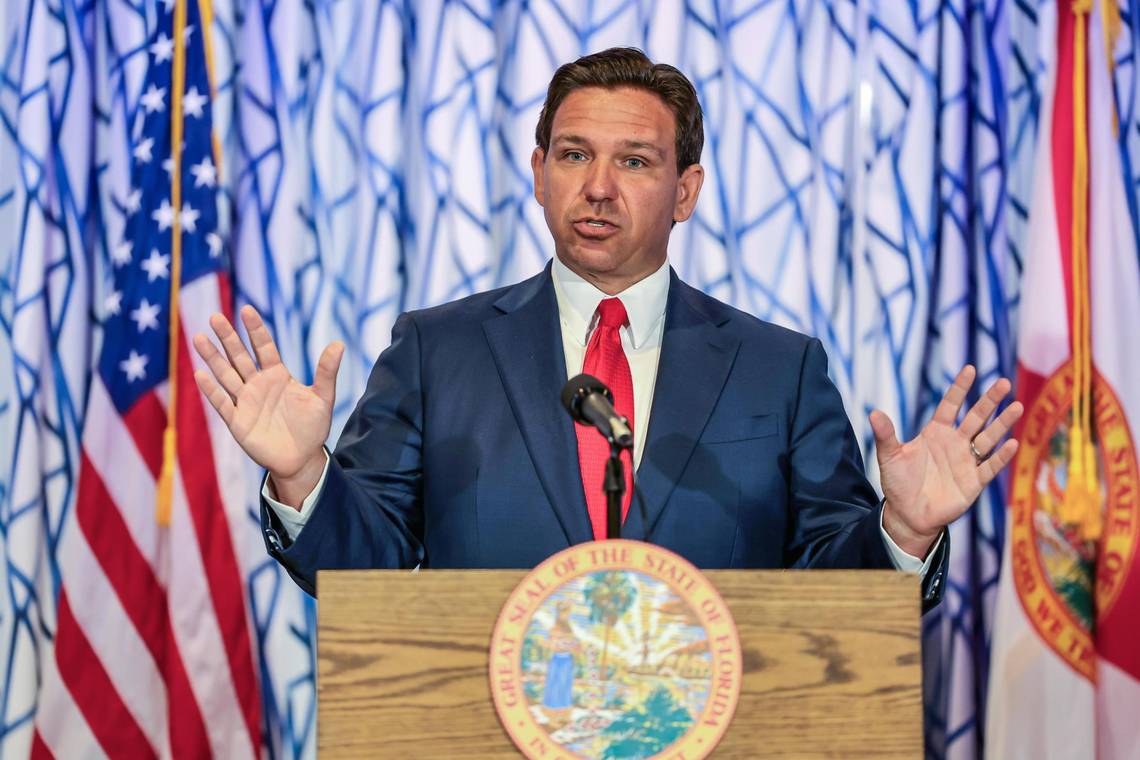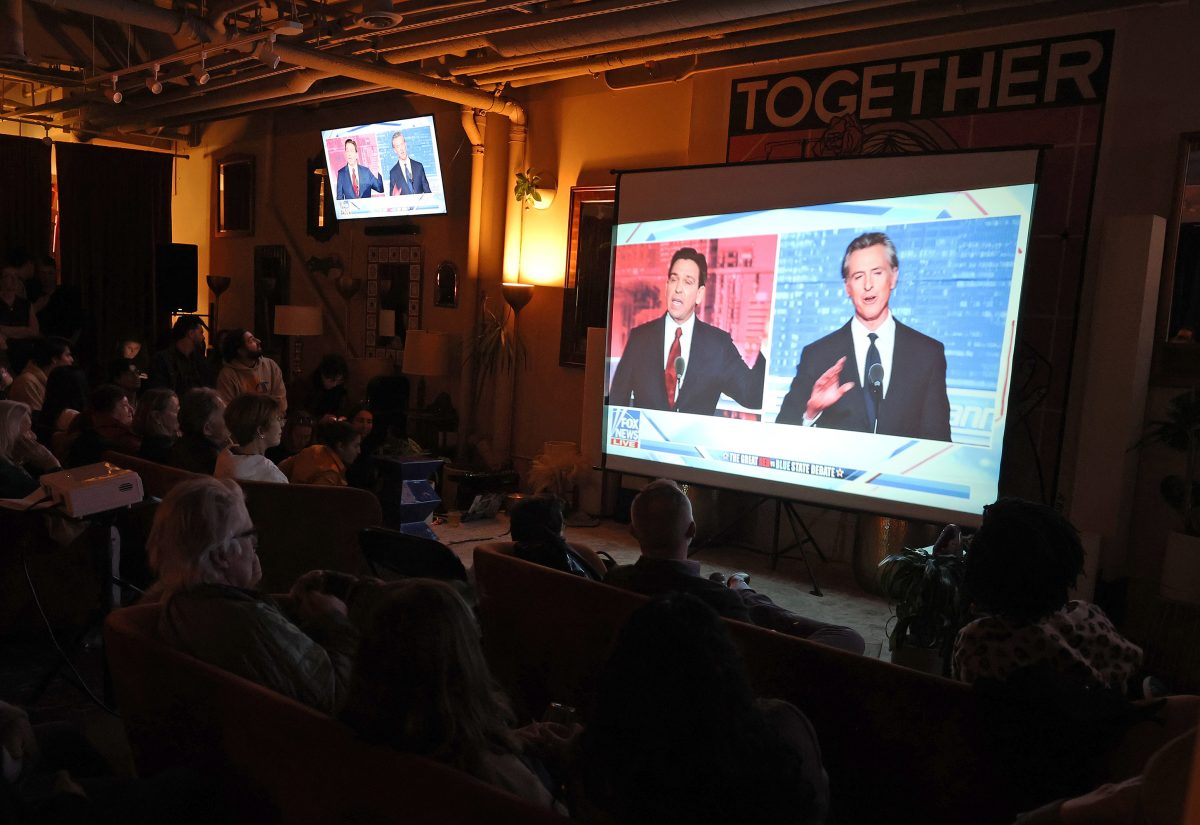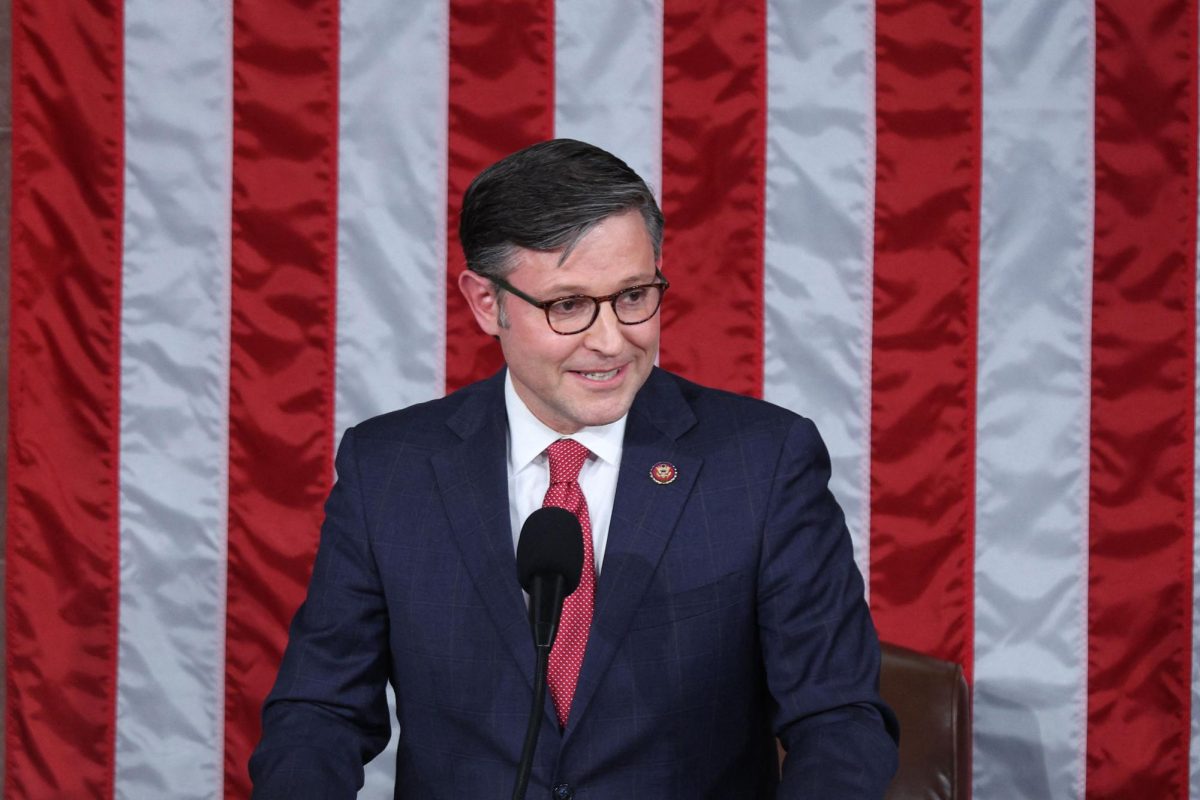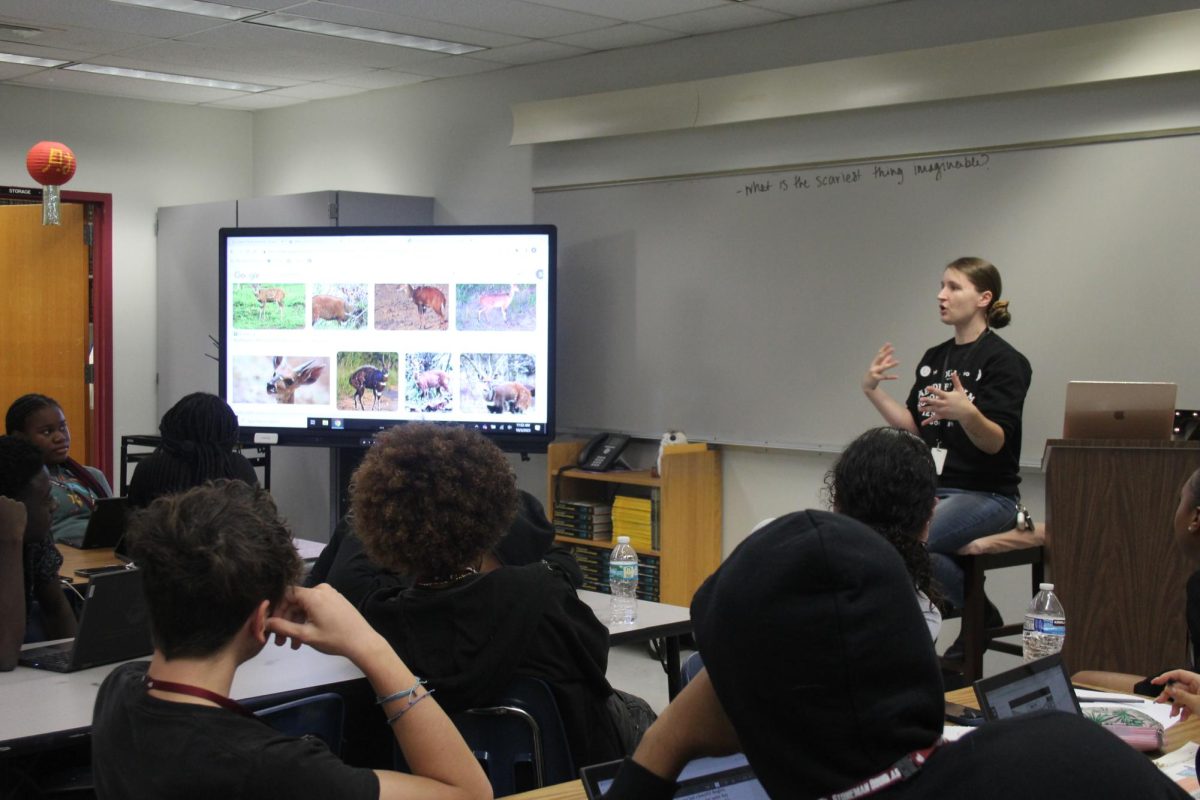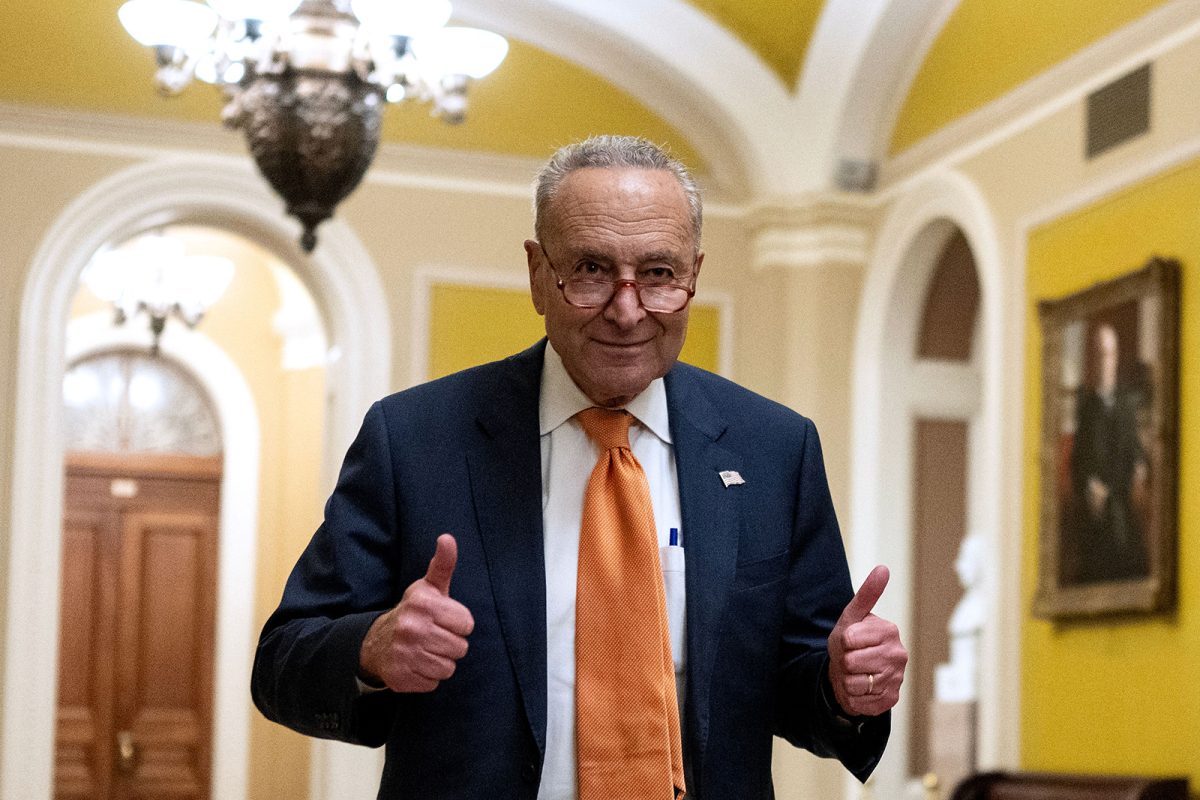
On Saturday, Nov. 7, after days of counting over 155 million ballots, the networks of CNN, NBC and Fox News collectively declared Democratic candidates Joe Biden and Kamala Harris the winners of the 2020 Presidential Election.
With record voting turnout, this election, and what some would call the polarizing rhetoric surrounding it, has generated immense amounts of attention. This is due to the fate of the nation’s leadership resting on the collective decision that Americans across the country now had the opportunity to make.
This would be the moment where America had the choice to vote out President Donald Trump, rejecting his message, or affirm four more years of Donald Trump’s America.
For many young people, including students at Marjory Stoneman Douglas High School, this election was the first time that they would have any formal interaction with the voting process, a major part of the way in which America’s democracy functions.
“I decided to vote on my 18th birthday, and it was a really exciting experience,” senior Emaan Ali said. “I genuinely feel like everyone who can vote should definitely go do their part as a citizen.”
Yet despite Joe Biden’s win, when election results began to roll in on the night of Wednesday, Nov. 3, the reported votes painted a starkly different picture of election results than what the eventual outcome was.
To outside observers, the results from the first night of reporting showed Donald Trump ahead in key swing states, including the “blue wall” states of Michigan, Pennsylvania and Wisconsin, that would be key to any hopes of the Biden-Harris ticket winning the presidency.
Despite these initial results, as time progressed, these key states began to turn blue, starting with Michigan and Wisconsin the morning after Election Day. Eventually, the state of Pennsylvania also turned blue, which prompted most major networks to call the race and project Joe Biden as the future 46th President of the United States.
While President Trump’s campaign was quick to call fraud after these results, claiming that this shift in votes denoted some form of election meddling, many analysts had predicted this outcome from the outset of the COVID-19 pandemic, calling this unique electoral phenomenon the “red mirage.”
A byproduct of the current health crisis in the United States, the “red mirage” is a pattern of voting results that would show the Republican presidential ticket winning early on in vote reporting, only to be eventually overtaken as mail-in votes, a method of voting heavily encouraged by the Democratic Party in response to the unsafe conditions of voting in person, began to roll in.
Besides President Trump’s campaign currently pushing back against Joe Biden’s projected electoral win, they have also argued against mail-in voting in the past, as the conversation around the voting method began to enter the electoral discourse.
On Thursday, Nov. 4, the day after Election Day, the President tweeted, “How come every time they count mail-In ballot dumps they are so devastating in their percentage and power of destruction?”
Despite the President’s protests, he strongly advocated against mail-in voting before the election, tweeting, “Big problems and discrepancies with Mail In Ballots all over the USA. Must have final total on November 3rd,” barely a week before the election.
This led to mail-in votes being reported in contentious states disproportionately favoring now President-elect Joe Biden as many states tallied mail-in votes after in-person votes cast on or before Election Day, which previously favored Trump.
Despite this contention, Nov. 3 was a historic night for America. With a record shattering tally of over 81 million votes, Joe Biden was elected President of the United States. Biden shared his win with Senator Kamala Harris, who will become the first Black and South Asian female to be elected to the office of the vice president.
Harris was a contender in the Democratic Primary for president, and despite not winning the primary election, Nov. 3 marked a groundbreaking day for representation in American politics as she will join Biden in the Oval Office.
“I’m thinking about her and about the generations of women,” Harris said during her Nov. 7 victory speech. “Black women, Asian, White, Latina and Native American women–throughout our nation’s history who have paved the way for this moment tonight.”
That same night, President-elect Biden gave a clear message about what he believed his responsibility would be as the next President of the United States.
“I believe it’s this,” Biden said during his victory speech. “Americans have called upon us to marshal the forces of decency, the forces of fairness, to marshal the forces of science and the forces of hope in the great battles of our time.”
While time will tell whether or not Biden will be able to come through on his promises to combat the COVID-19 pandemic, rebuild the economy and create a more just nation, voters made one thing clear: it is time to give Biden his chance.
This story was originally published in the December 202 Eagle Eye print edition.




